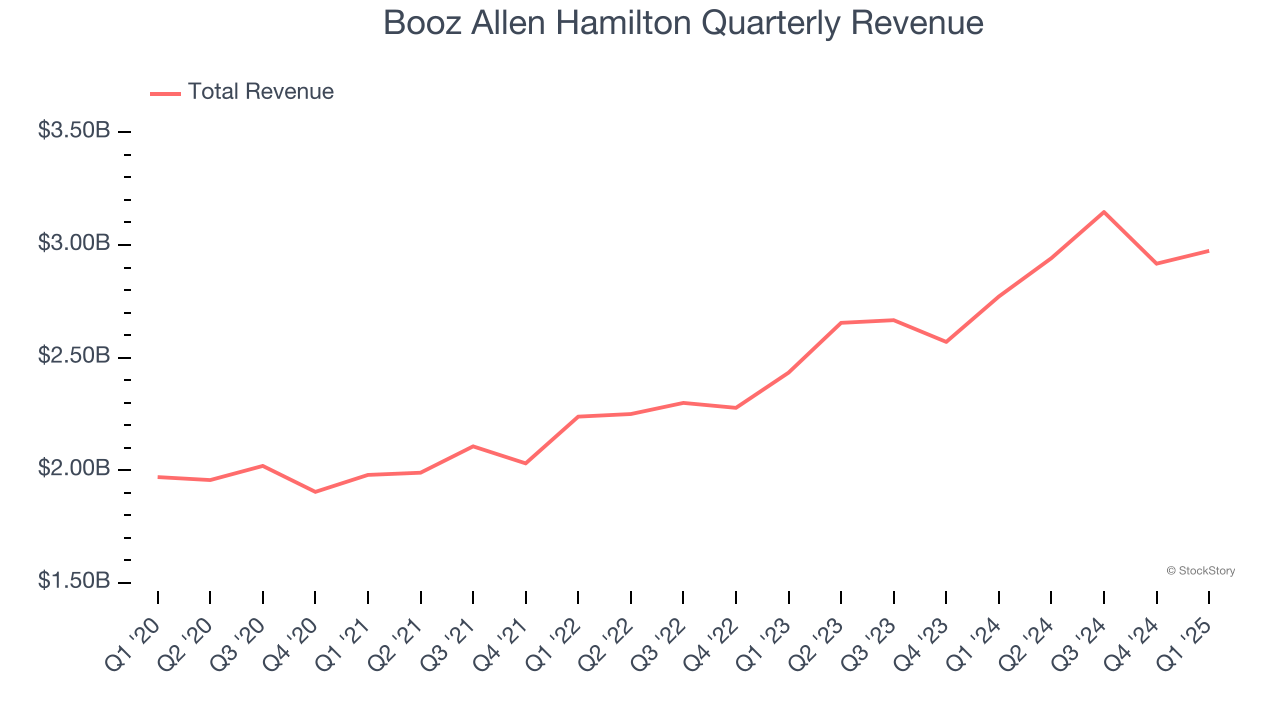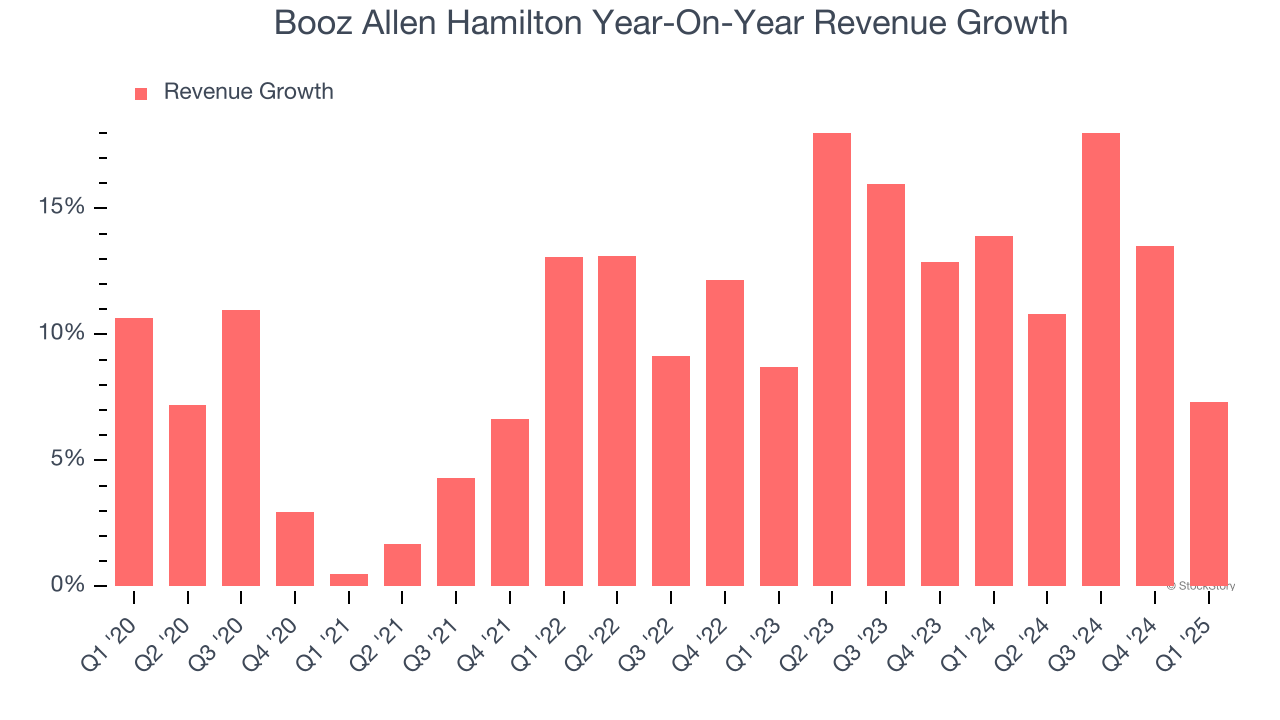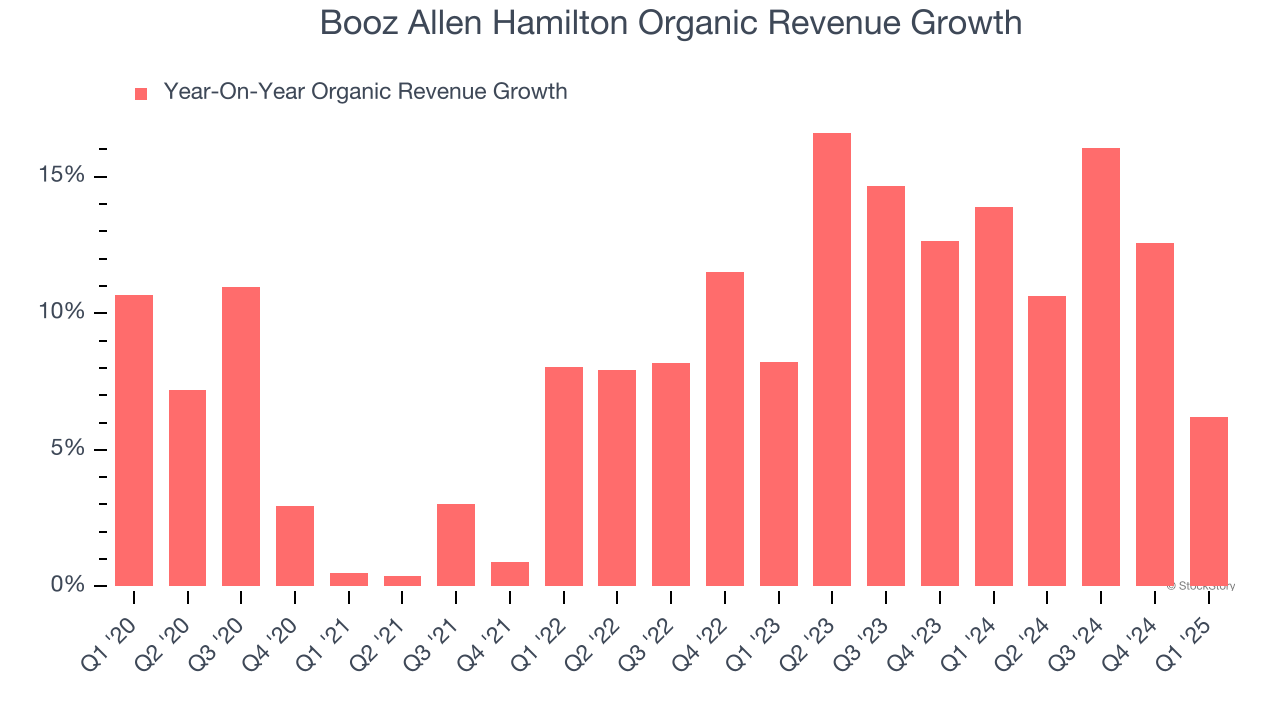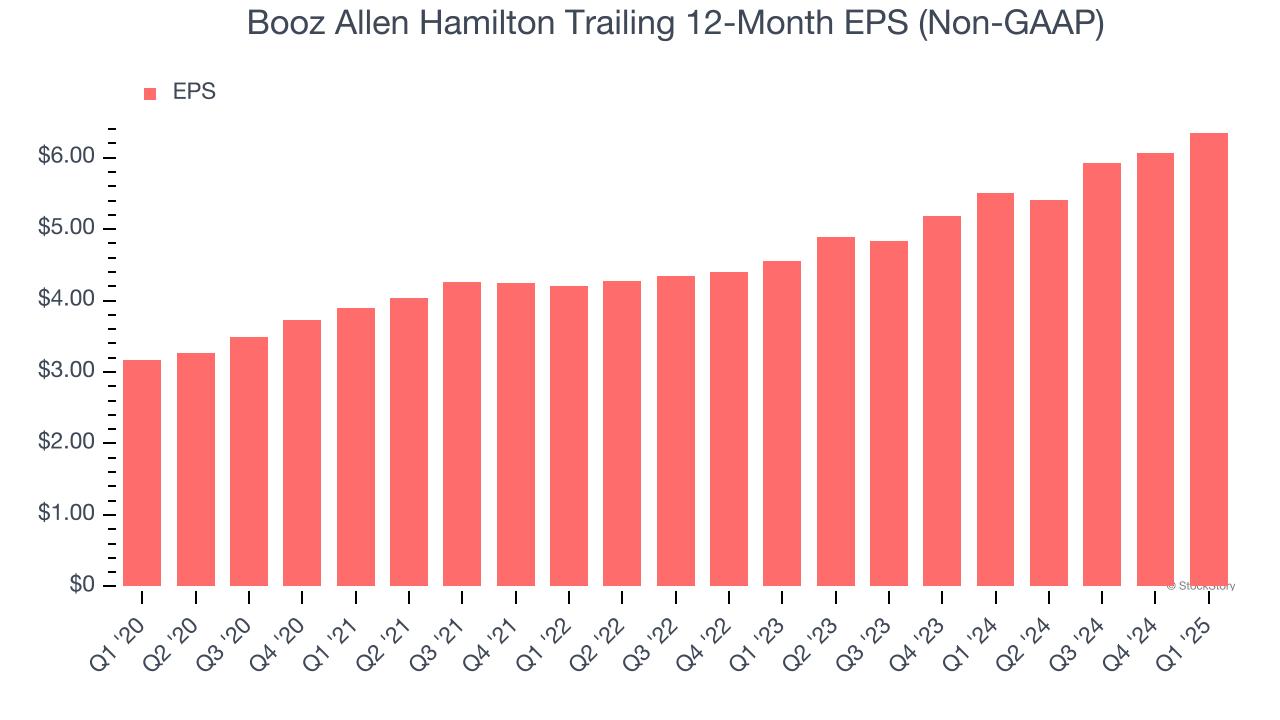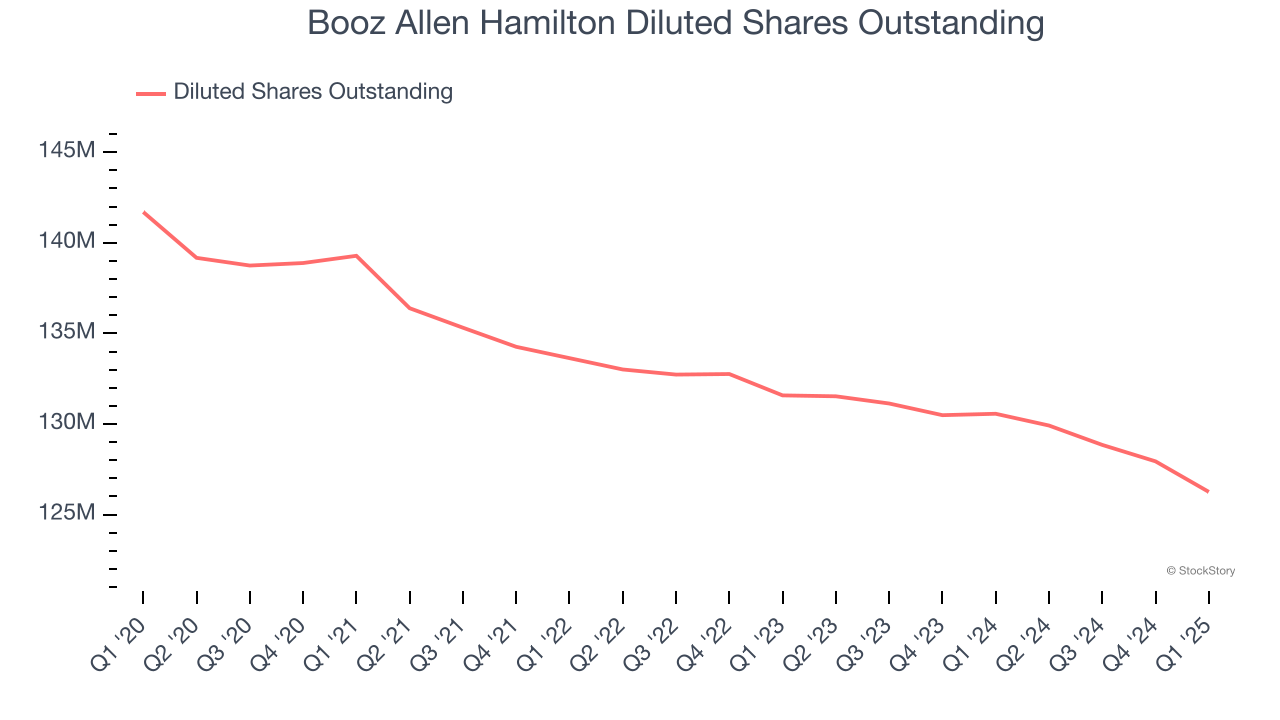Johnson & Johnson (NYSE: JNJ) today announced that Dr. Peter M. Fasolo will retire from his position as Executive Vice President, Chief Human Resources Officer at the end of this year, following 16 years of leadership and service to the Company. Throughout his distinguished career, Dr. Fasolo has worked with the organization’s Board of Directors and partnered with three company CEOs to shape and grow the Company’s human capital strategy.
He will be succeeded in this role by Kristen Mulholland, a strong Credo-based leader who has had an exceptional career with depth and breadth across the Company’s Innovative Medicine and MedTech sectors, managed business unit HR for the Company’s global corporate functions, and has led Corporate HR Services including Performance and Development and most recently Global Total Rewards. Ms. Mulholland will also be appointed as a member of Johnson & Johnson’s Executive Committee, effective October 1, 2024. Dr. Fasolo and Ms. Mulholland will work together during a transition period until Dr. Fasolo’s retirement at the end of this year.
“Peter has led J&J’s talent strategy for the past 16 years including remarkable leadership through the global pandemic and the separation of our consumer health business,” said Joaquin Duato, Chairman and Chief Executive Officer, Johnson & Johnson. “Throughout his career, Peter has always led with two principles in the forefront of every decision and recommendation – Our Credo values and a deep responsibility to our employees. He leaves a legacy of strong leaders, deep bench strength and an inclusive, caring and patient-focused culture.”
Dr. Fasolo first joined Johnson & Johnson in 2004 as Worldwide Vice President, Human Resources in the MedTech segment. He also served as the Company’s Chief Talent Officer with responsibility for executive assessment and development. Dr. Fasolo became J&J’s CHRO and a member of the Executive Committee in 2010 and has transformed the HR function’s talent and leadership strategy. During his tenure, he strengthened the Company’s global Diversity, Equity & Inclusion outcomes and expanded employee benefits and policies by increasing paid time off for leaves such as military, parental, bereavement, volunteerism and mental well-being, and promoted a healthy workforce. In recognition of his contributions to the Human Resources profession and commitment to the well-being of our employees, Dr. Fasolo was named a National Academy Human Resources Fellow in 2017 and Human Resource Executive’s HR Executive of the Year in 2022.
Kristen Mulholland has been with Johnson & Johnson since 2005. Ms. Mulholland has held HR leadership positions in the Company’s corporate services, global functions and the MedTech and Innovative Medicines sectors across commercial and R&D and helped establish the Company’s Innovation Centers. In her most recent role as Head of Human Resources, Global Total Rewards & Enterprise HR Functions at Johnson & Johnson, Ms. Mulholland worked closely with the Board of Directors supporting the Compensation & Benefits Committee and played a key role in the separation of the consumer business to form Kenvue.
“I’m pleased to appoint Kristen to this important role where she will apply her deep business acumen, talent expertise and Credo-based approach to advance J&J’s culture and operating model,” said Mr. Duato. “I’m confident her breadth of experience and strong leadership will ensure Johnson & Johnson’s human capital strategy is poised to deliver the innovative future-ready talent and culture needed to advance healthcare solutions for patients worldwide.”
About Johnson & Johnson
At Johnson & Johnson, we believe health is everything. Our strength in healthcare innovation empowers us to build a world where complex diseases are prevented, treated, and cured, where treatments are smarter and less invasive, and solutions are personal. Through our expertise in Innovative Medicine and MedTech, we are uniquely positioned to innovate across the full spectrum of healthcare solutions today to deliver the breakthroughs of tomorrow, and profoundly impact health for humanity. Learn more at https://www.jnj.com/.
View source version on businesswire.com: https://www.businesswire.com/news/home/20240826152368/en/
Contacts
Media:
Joshina Kapoor
media-relations@its.jnj.com


